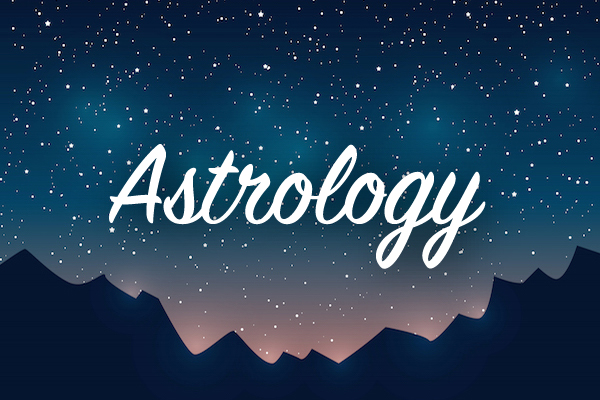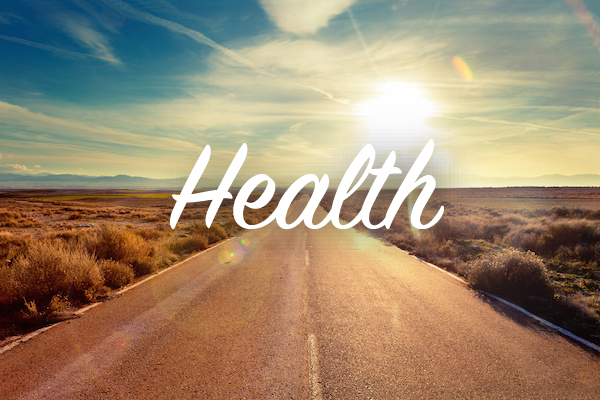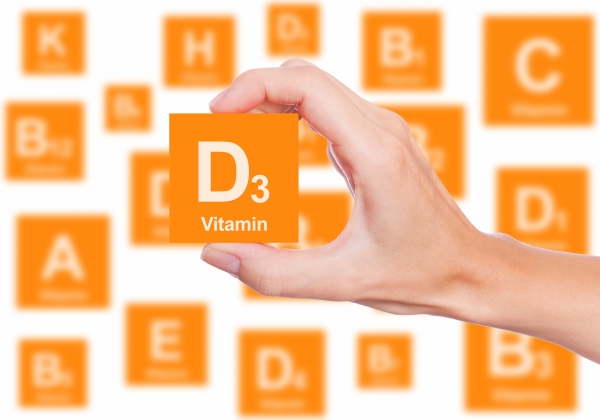Sunlight, specifically solar UVB radiation (290-315 nm) is the primary source of vitamin D for most Americans. The human body converts this radiation to vitamin D. Most research shows that dietary sources of the vitamin are inadequate and that the amount of sunlight many people are exposed to isn’t always enough, especially in the winter months and colder climates, to generate the total needs for the body. An example of this research done by Michael Holick, director of the General Clinical Research Center at Boston University School of Medicine and director of the bone Healthcare Clinic at Boston Medical Center, concluded in his findings in 2007 that one billion people don’t get enough Vitamin D. He also concluded that undiagnosed vitamin D deficiency is not uncommon and that the deficiency is an independent predictor for cancer and other chronic diseases.
Dr. Robert Scragg, Associate Professor in Epidemiology at the University of Auckland, New Zealand first proposed that vitamin D deficiency plays a role in cardiovascular disease. He believes that the facts he’s discovered about vitamin D deficiency explain the paradoxes and fill the gaps in the current understandings of cardiovascular disease. He has been spending the last 25 years trying to bring his findings to the world. Some of the relevant facts he discovered are that heart disease is higher: At higher latitudes with less sunlight, in the winter, at lower latitudes, in African Americans, in older, inactive, and more obese patients. Vitamin D levels are lower in people who: live at higher latitudes, live in areas with less sunlight, live at lower latitudes, are African American, are older, less active, and more obese, and in the wintertime. He found that the age-adjusted mortality rate in the United States showed an inverse correlation with altitude in 1979, before the information of the correlation between sun exposure and skin cancer started being reported. It was discovered that 35 years ago, most of the long-lived populations in the world reside at the highest altitudes.
Dr. Scragg discovered that higher vitamin D levels correlated to lower risk for heart attack. Armin Zittermann, PhD points out that vitamin D reduces vascular smooth muscle proliferation, reduces vascular calcification, decreases parathormone levels, reduces C reactive protein (CRP) and other markers of inflammation, and decreases renin, all of which should treat or be able to prevent heart disease.
He also points out that
Depending on the latitude, the time of year, the pigmentation of the persons skin, and the age of the person, supplementation may be necessary because access to the source of the specific rays needed for the body’s conversion to vitamin D may not be possible.
Assists in normalizing blood pressure and strengthening the cardiovascular system
In Sedona and the Verde-Valley area the types of rays needed to generate the necessary Vitamin D are available year round so for people who are not cautioned by their doctors to avoid the sun for any reason, 10-20 minutes a day of sunlight on the face without sunscreen can be enough. For those whom sunlight is restricted for whatever reason, Vitamin D supplementation is necessary and should be assisted by a doctor to decide dosage.
The additional benefits of sunlight are many, it: Helps prevent osteoporosis, seasonal affective disorder (SAD), type 2 diabetes, and cancers of the breasts, cervix, ovaries, prostate, colon, stomach, and bladder; Assists in the absorption of calcium, in helping get the full value of nutrients in food eaten, and in sustaining a healthy nervous system; Prevents autoimmune ailments including multiple sclerosis, Crohn’s disease, thyroditis, and rheumatoid arthritis; Increases metabolism and aids in weight loss; Aids in balancing out blood sugar; Ensures proper function of the kidneys, liver, and digestive system; Prevents infections from viruses, bacteria, and molds; Enhances the immune system through increasing the count of white blood cells and gamma globulin; Improves capacity of red blood cells in carrying oxygen; Prevents skin diseases like eczema, psoriasis, and acne; Stimulates the pineal gland, producing vital melatonin; Increases the feel-good chemical serotonin, which controls sleep patterns, sex drive, body temperature, and lifts mood; Regulates the body clock and circadian rhythms; Offsets jetlag; Sharpens mental acuity; and slows down aging of DNA.
Annie Konovitch Botticelli is a Writer, Author, Feng Shui Consultant, Astrologer, Healer, Teacher, and Socio-Spiritual Activist living in Sedona. Her fiction novel “Tough Pill to Swallow” is based on her experience working for a member of Big Pharma and selling a drug that was recalled for killing people. Learn more about the novel atwww.ToughPillToSwallow.com, more about Annie atwww.AnnieHelpsYou.com, and more about Annie’s Organic Bath and Body Product Company, Consciousness Blossoms, atwww.ConsciousnessBlossoms.com.





